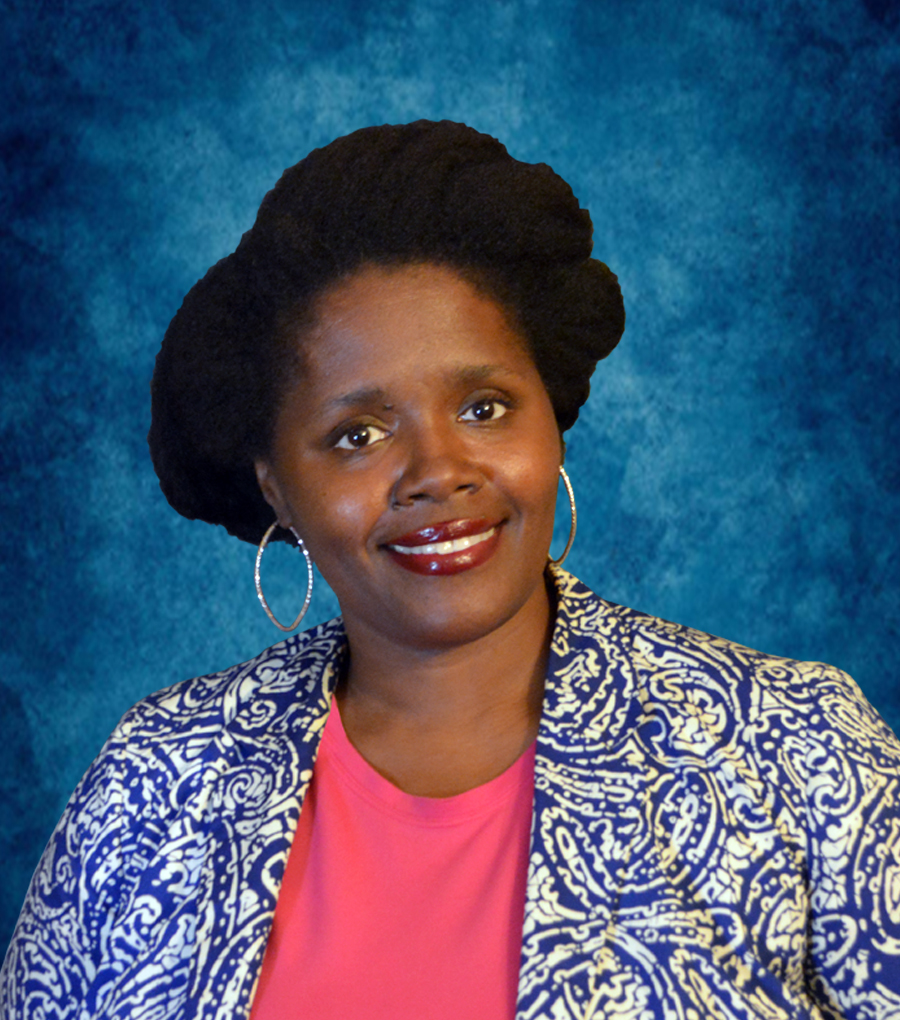This AEA365 week is sponsored by the Nonprofit and Foundations (NPF) TIG. The posts are centered around the theme of “Equity focused evaluation in small nonprofits and foundations: Innovations, learnings, and challenges.”

Hi! My name is Kimberly Harris. I am an independent evaluator, trained in culturally responsive and equitable evaluation (CREE) approaches. I am the owner of Educa Consulting, an evaluation and research firm based in Durham, North Carolina. Educa Consulting is a full-service research and evaluation social science firm, specializing in economic landscape issues that impact housing, food, workforce economies, and other areas of social justice. Through research, evaluation, and training, Educa centers a culturally responsive approach that informs both our corporate philosophy and our methodological designs.
In my work with foundations, research organizations, and community groups who come to me saying that they want to prioritize culture in their work, my first response is “let’s start with being transparent about the culture you are already prioritizing in the work you are doing,” because one thing is certain, culture is always being centered, whether we realize it or not. Culture is as present as the air we breathe. It shapes our knowing, being, and the lens through which we view things. Culture is nested, existing at every level of human existence, from the individual to the societal. However, culture is often treated the same as most grocery stores in the southeastern United States, treat cuisine and foodstuffs from non-European parts of the world; cordoned off, separate, and apart from “regular” food, on aisles labeled “ethnic” or “exotic” foods, as if only to be considered, when we crave something “out of the ordinary.” However, ordinary is as subjective as culture is pervasive. The culture of the privileged is often the lens that is acknowledged, and therefore the only lens touted as legitimate.
The CREE engagements I am working on are laying bare some of those pain points. These pain points look like the tension coming from dissonance, both cognitive and structural, when clients looking to develop culturally responsive evaluation competencies are faced with the realities that (1) CREE methodologies require rigor and systems-level design and (2) a CREE philosophical stance requires intentionality and commitment to incorporating community voice at every stage of the work. Another pain point looks like the tension that arises between the funder and the evaluand, when issues of messaging, outreach, process, and purpose are not viewed the same way by all partners.
In addition, my CREE work has laid bare the intra-organizational tensions that exist. Sometimes, community-based, grassroots, non-white serving, marginalized population prioritizing organizations, tacitly agree to “parking-lot” some issues of concern and focus on issues they view as more urgent in respect to its social justice implications. Issues such as ageism, merit, recognition may be viewed as divisive when compared to the issues of gainful employment, criminal justice, food access, and housing security. Yet, when seeking to employ a culturally responsive approach to evaluative work, all partners must be committed to being both intentional and reimagining the terms and conditions that shape not only our external partnerships, but also our internal ones. Lately in my work, I am seeing this show up in issues around naming (BIPOC vs POC vs Latinx vs. Latina/o vs. “no labels please”).
Lessons Learned
Culturally responsive evaluation is a marriage of the methodological and theoretical. Both are necessary and neither, alone, is sufficient to exact the outcomes which prioritize equity and radical transformation.
Rad Resources
Culturally Responsive and Equitable Evaluation: Visions and Voices of Emerging Scholars. Editors, A. Christson Adedoyin, Ndidiamaka Amutah-Onukagha, Chandria D. Jones. I have co-authored a few book chapters in this forthcoming book, with evaluators, our peers, our client-partners, community members, and other stakeholders. It provides valuable insights from our collective practice.
The American Evaluation Association is hosting Nonprofits and Foundations Topical Interest Group (NPFTIG). The contributions all this week to AEA365 come from our NPFTIG members. Do you have questions, concerns, kudos, or content to extend this AEA365 contribution? Please add them in the comments section for this post on the AEA365 webpage so that we may enrich our community of practice. Would you like to submit an AEA365 Tip? Please send a note of interest to AEA365@eval.org. AEA365 is sponsored by the American Evaluation Association and provides a Tip-a-Day by and for evaluators. The views and opinions expressed on the AEA365 blog are solely those of the original authors and other contributors. These views and opinions do not necessarily represent those of the American Evaluation Association, and/or any/all contributors to this site.

Dear Kimberly–
This is genius! I love the idea of asking this question and making it transparent that SOME culture is always present and actively operating–which one(s) is it? Opens the door for so much critical reflection:
• “Can you name the culture(s) currently operating withinin this space?”
In my experience, the question is likely to elicit discomfort.
• “What makes you uncomfortable about naming it?”
And so many more follow up questions….
As you know, many people from dominant cultures see their cultures as no culture–as “natural,” just the way things are done. And this is especially true of those racialized as white, whose expression and assertion of their racial identity (the wages of whiteness) became more rewarding than their ethno-cultural communities and practices. I love the way this question nonchalantly inquires and invites reflection instead of assuming or telling or interrogating. It’s simultaneously affirming and subversive.
I’m always so grateful for your generosity with your genius, Kimberly, and hope to see you again soon!